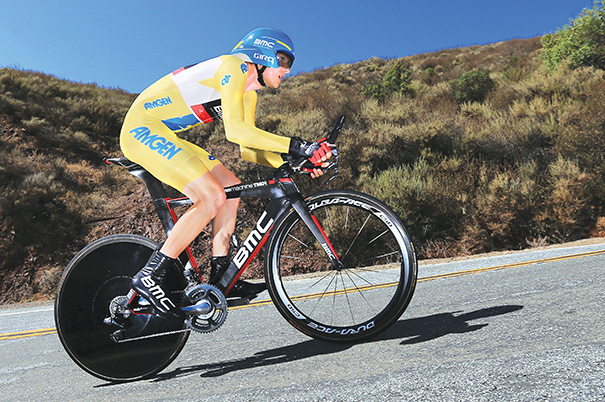Posted On: March 31, 2014 By :
Cycling Events Set the Stage
for Host Cities

By Greg Mellen
The sport of cycling is as diverse as it has ever been. An estimated 57 million Americans ride bikes at least occasionally, and a wide array of disciplines—including road racing, mountain biking, cyclocross and indoor racing—allows both participants and venues to choose a niche where they can shine.
The sport still boasts a strong, loyal base of fans, but cycling has traversed some rocky roads in recent years. As the world watched the astounding fall of Lance Armstrong, who went from poster boy to pariah, his story exposed both the heights and depths of competing at the elite level.
The result of losing a longtime icon continues to affect road racing, the sport’s dominant discipline, and has become a blemish on the legendary Tour de France, where Armstrong had won seven consecutive races. As the annual sporting event enters its 101st year, millions of viewers and the media continue to debate whether doping still plays a role in the peloton. At the height of his popularity, Lance Armstrong single-handedly raised the stature of the sport. Organizers used to say there was a measurable “Lance effect” when the cyclist competed in a race. In the early 2000s, officials at USA Cycling, the sport’s national governing body, credited Armstrong with its strong membership growth and reported another spike when the racer returned to the racing world in 2008 after a brief retirement.
To read the rest of this story in the digital edition of SportsTravel, please click here.
Posted in: SportsTravel Archives